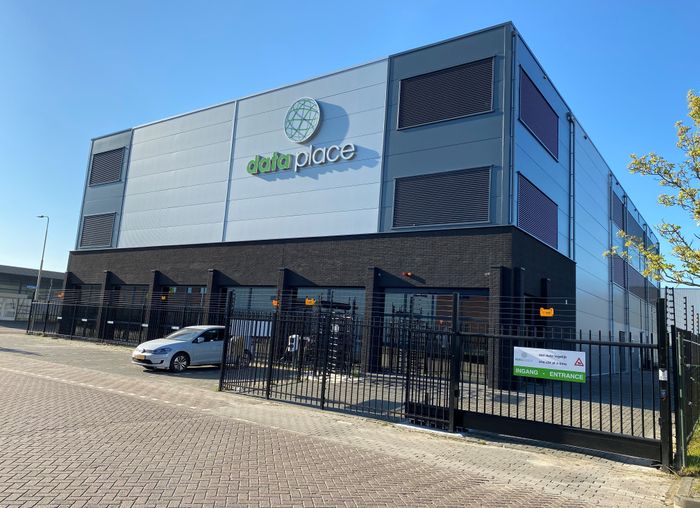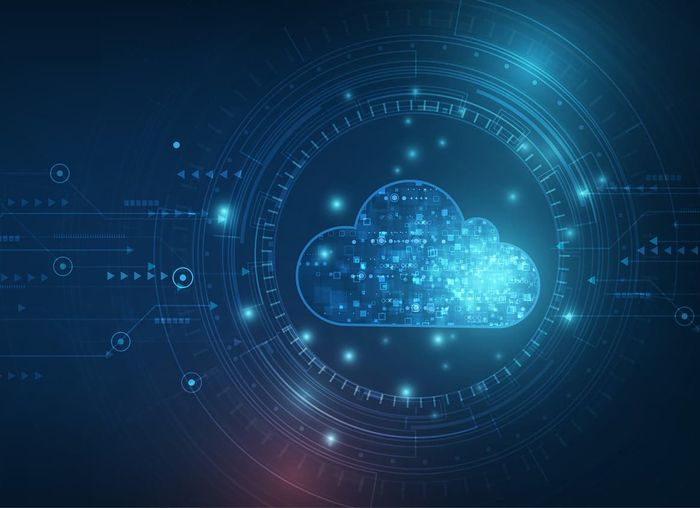The ever-increasing role of big data
The amount of available data is constantly increasing. We are increasingly active online. For example, more and more searches are being conducted on Google, more Youtube videos are being watched and we are sending more and more Whatsapp messages. What happens to these large amounts of data and what is the role of data centers in this? You can read that below.
What is big data?
According to research firm Gartner, big data has 3 important characteristics. These are also called the 3 V's: volume, velocity and variety. Big data therefore indicates the amount of data, the diversity of the data and the speed at which the data is received or requested. In particular, diversity means that the data is not structured and cannot be stored in a traditional database. In brief:
"Big data is large-scale, fast and / or varied information resources that require cost-effective, innovative forms of information processing that enable greater insight, decision-making and process automation." - Gartner, 2012
The data in big data can be divided into primary and secondary sources. Primary sources include data generated by:
- trackers: such as RFID tags and internet cookies;
- sensors: such as cameras and microphones;
- wearables: such as smartwatches;
- home devices connected to the internet of things, such as cell phones, hearing aids and pacemakers;
- or the data that is left behind on social media.
Secondary sources include the data that is reused, for example by combining existing datasets. The reuse of data can be divided into:
- data recycling: the reuse of data for the same purposes in the same context;
- data repurposing: the reuse of data for purposes other than those for which they were initially collected, but in the same context;
- or data recontextualization: the reuse of data for other purposes in a different context.
Keep in mind that reuse of data for other purposes could conflict with the legal frameworks of the General Data Protection Regulation (GDPR). So you have to be careful with that.
The growth of big data
A publication by Statista shows that the amount of big data in data centers should have grown from 124 exabytes in 2018 to 403 exabytes by 2021. The growth in data offers companies a great opportunity, but it can only be exploited with real-time insights that make it possible. to leverage the benefits of big data. A large number of companies do not have the capacity to analyze and understand all of the data, so it remains unused in the systems and reduces the value of this data. To take advantage of the opportunities that big data brings, companies must have access to powerful analysis tools that collect, analyze and translate current data into actionable insights. This requires a strong foundation that offers a safe place for big data storage.
Reasons for storing big data in data centers
Data centers can provide the reliability and security needed to store big data. In addition to managing big data, data centers also offer the benefits of connectivity and access to the cloud. By connecting to cloud platforms, the processing speed needed to handle big data can be met. Combined with the scalability, agility and flexibility of data centers, you can meet the growing need for data in your business.
The capacity of cloud data centers offers the possibility of extensive big data analytics. This includes viewing the data, recognizing useful patterns, and making data-based decisions. This makes analytics a multi-dimensional discipline. It starts with data collection, measurement, detection and data analysis. This data can then be grouped and visualized, after which it can be responded to. The data is compared with each other using calculations, patterns are discovered and behavior is modeled in decision models.
With these decision models you can have actions performed on the portal of your cloud data center. This allows you to automate capacity management in a highly automated cloud environment. With the help of analytics, you can have the environment automatically tuned based on the need and ensure that a server is automatically allocated more resources during working hours, when the demand for capacity is higher.
A cloud data center allows you to pay only for what you need. This so-called consumption model gives you the opportunity to order only the necessary, whether it concerns databases, servers, networks or storage. In this way, if you no longer need certain elements, you can remove them from your package.
Read more: Our datacenters


ContactOur experts
Would you like to know more abour our services?
We are glad to be of assistance.




